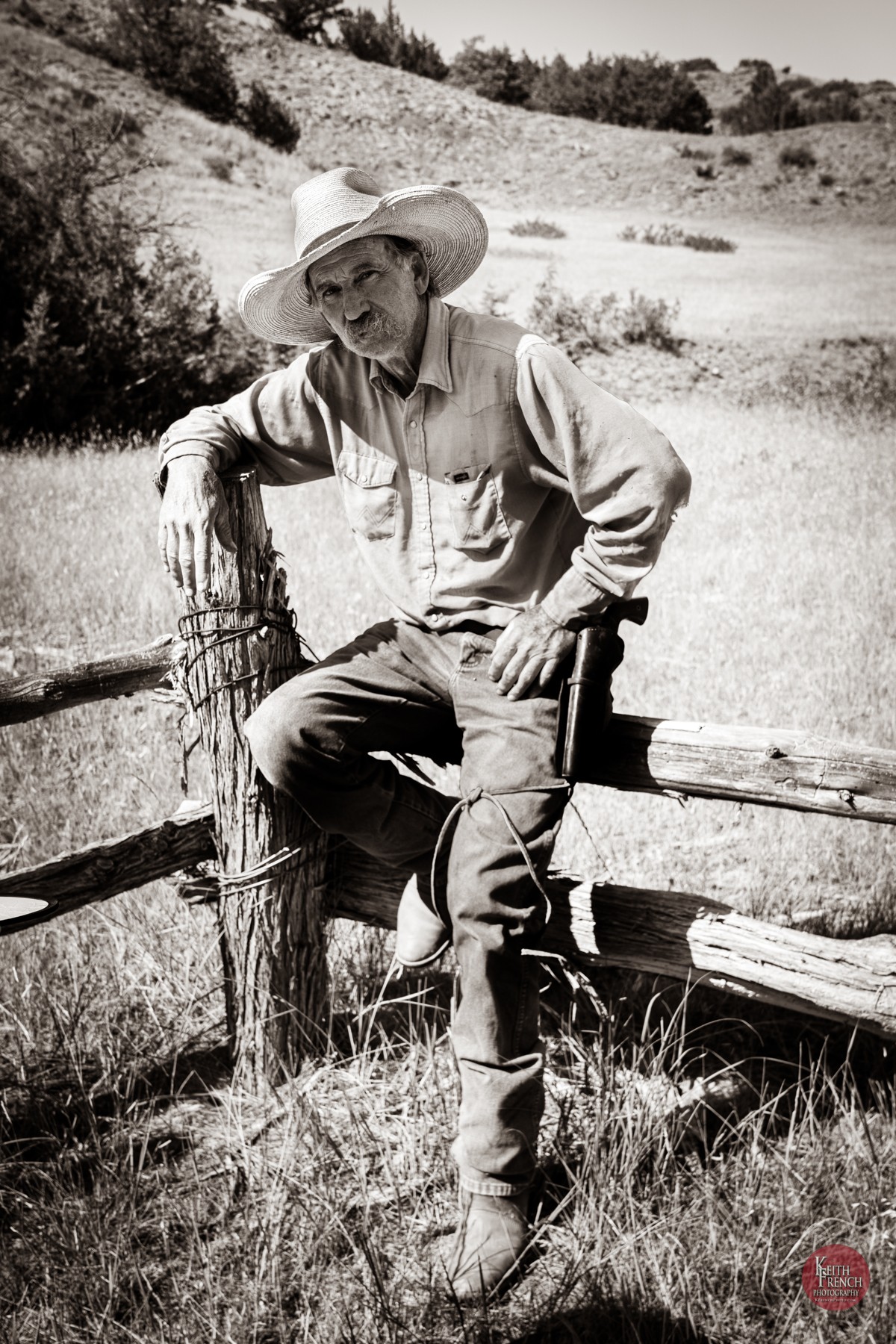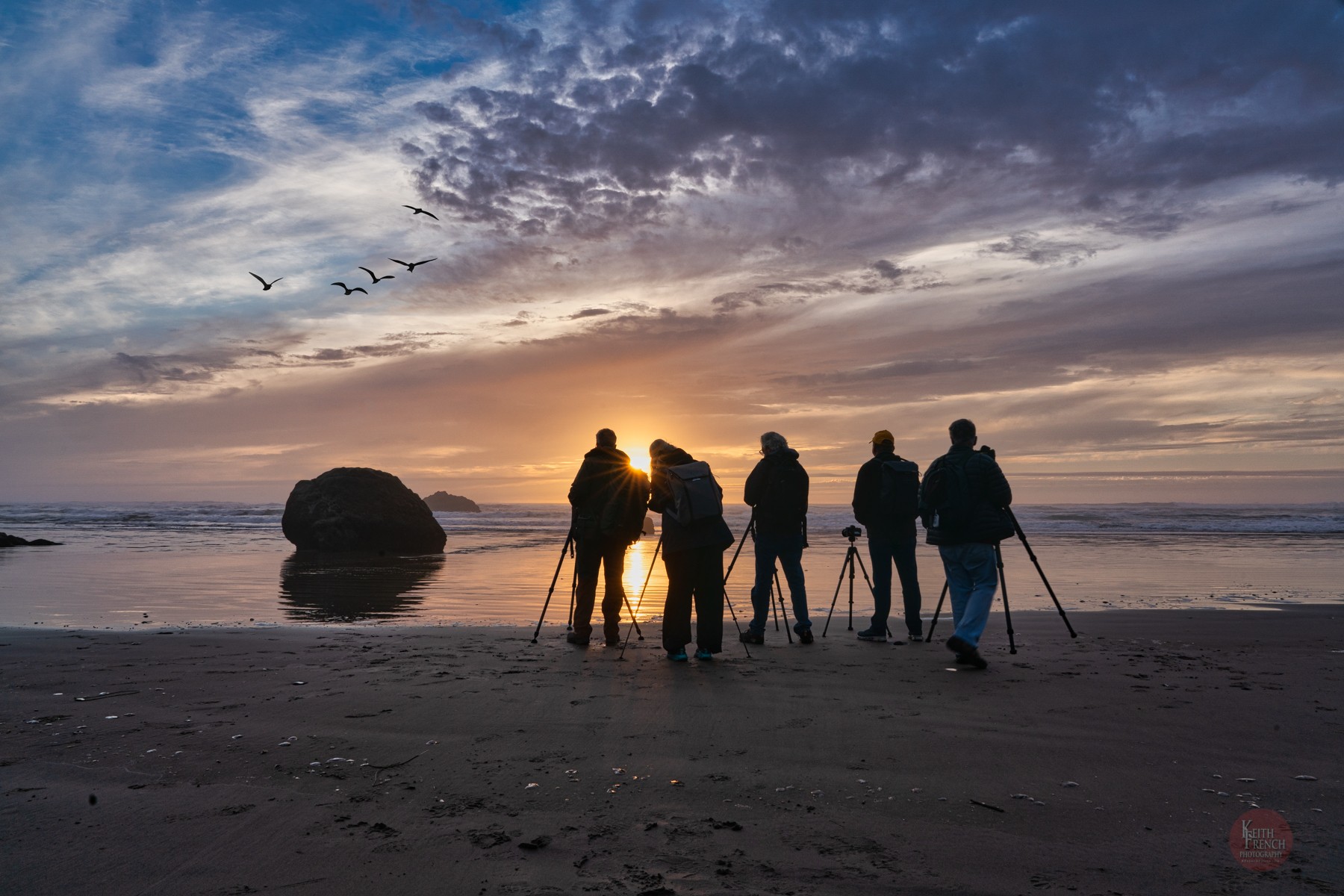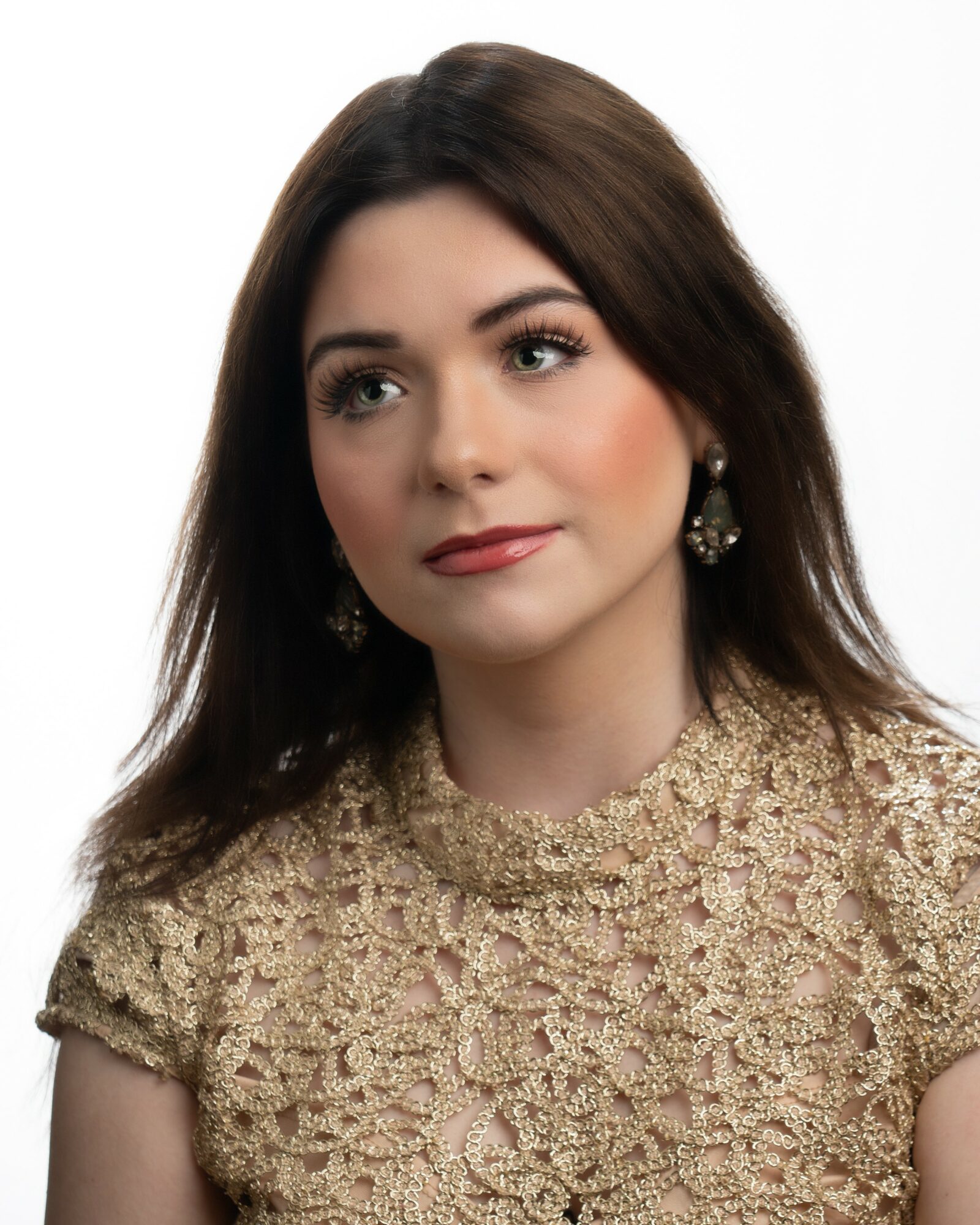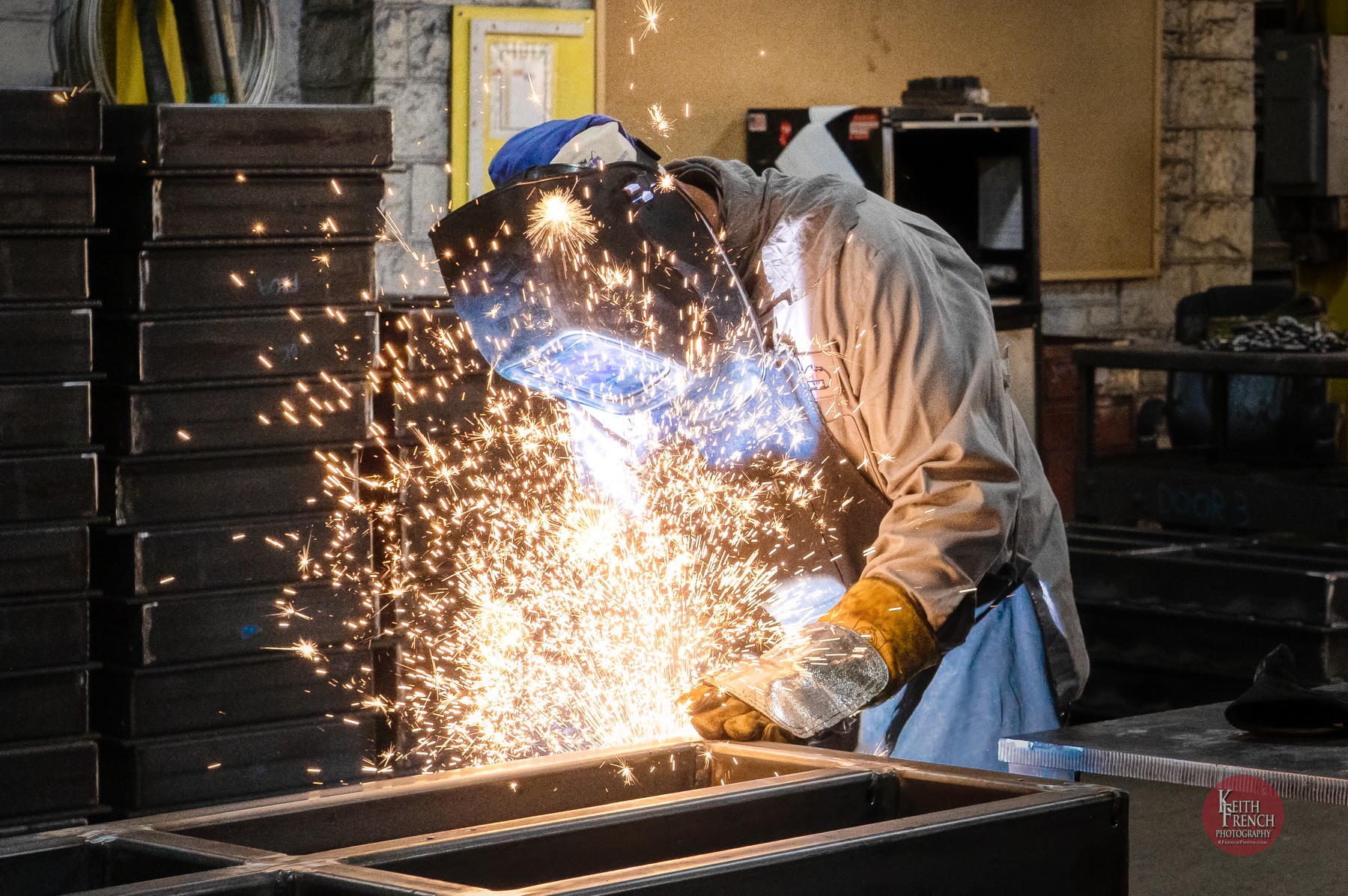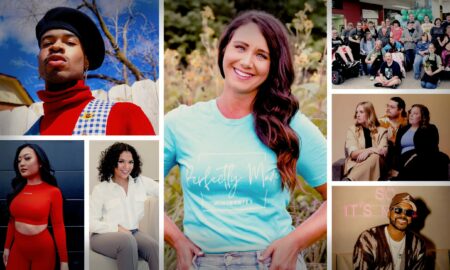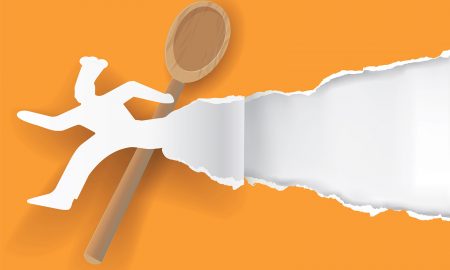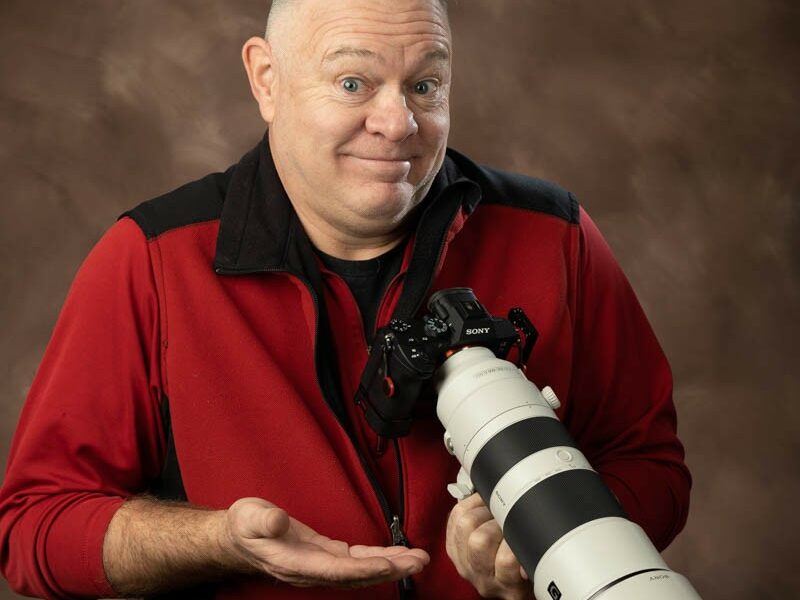

Today we’d like to introduce you to Keith French.
Hi Keith, thanks for sharing your story with us. To start, maybe you can tell our readers some of your backstory.
Although I’ve had my camera since high school, I bought my first “real” camera while living in the Florida panhandle. Ever since I could remember, I’ve always wanted to fly. Not just anything. I wanted to fly military jets.
The cool kind I read about and saw in the movies zipping around the sky at the speed of sound. I made it to flight school in the United States Marine Corps which begins in Pensacola FL. Being in the military and knowing that I was going to see some pretty cool places, it just seemed like buying that camera was the right thing to do. As I was feeding my one passion, learning all about military flying, I was creating a new passion.
I just didn’t know yet that it was becoming a passion. With many new photographers capturing nature was fascinating to me. Sunsets, birds, beaches. However, unlike most photographers, I was able to take my cameras into the cockpit of state-of-the-art combat aircraft and take pictures in the air of other jets and the surrounding environment. From the viewfinder of my camera, I saw a different world than what was coming back to me from the photo lab. The images lacked the punch or excitement I felt or saw when I took the photo. So I started to study the science and the art of photography and the differences were becoming noticeable to me.
Each event in my life saw a shift in my knowledge base and style of photography. My Marine buddies couldn’t wait to see the images I took of them flying, my neighbors were asking to me photograph their kids, and a local fish collector hired me to photograph his saltwater tank, each new opportunity required me to learn new things but all under the umbrella of photography.
Then computerized photo labs started processing my photos and auto-correcting out the filters and special effects I photographed with. I was disappointed that a photo lab would do that and wanted to fix them. Well the fix was printing my photos, I didn’t even know that was possible at my level, I thought I needed to be some kind of chemist, but in less than a year I was developing my film and printing my enlargements in color.
I had a full-blown color darkroom at home. It took about 15 minutes to make 1 or 2 prints at a time or to even make a test print so I was forcing myself to learn at an accelerated pace because I didn’t want to spend forever in my lab. I wanted to get out and shoot. I studied color theory, color light frequency, then subtractive color printing, and later the actual chemical process of color printing in a photo lab environment. I was hooked.
More life events, more learning, soon I was photographing my kids, my friends, and relatives kids and families, weddings, you name it.
My first commercial photo shoot was that fish tank. It was pretty awesome and forced me to learn about lighting in a new way. I spent a great deal of research too since I was getting paid well for this gig. Good thing, after that, it was soap products, then three-ring binders, then clothing, all while still doing the other things like aircraft, people, and nature.
I was not satisfied sticking to a certain nitch of photography which is very unusual in this business. This was becoming a passion for me and so I saw every different opportunity as a chance to learn something new. I had built up an interesting portfolio of solid styles of photography including airplane-to-airplane, airplane-to-ground, nature, portraiture, babies, pets, events like weddings, parties, products, and “widgets” and since I was printing many of my own for show or sale, the quality of the printing was far better then what individuals were used to seeing.
When I left the military, I went into corporate operations management, and while I was climbing that preverbal ladder of success I was also moonlighting at a local camera store. What a great place to get chemistry at wholesale prices for feeding my printing habit. I had gone in there to buy color paper chemistry and the sales guy kept correcting me and showing me black & white chemistry. 3 times I told him I have a color darkroom at home and he couldn’t believe it. Then I tried to buy 5 gallons of it and he said I’ll never go through it fast enough before it goes bad so he only sold me 1 gallon. I came back in 2 hours for more. After two more exchanges like this and he offered me a job printing. He was the owner.
I had a good career going in logistics and warehousing but I was burned out working my tail off making other people rich. I was very successful but not satisfied. I left that moonlight job at the camera store when the corporate workload began including travel and multi-city management. I just couldn’t keep a regular schedule any longer. I never lost track of them and I was still a customer for equipment and photo printing. I left corporate America in 2002, I was looking to either start a business or buy a business in my town because I wanted to keep my money, my talent, and my gifts local.
When I visited the camera store to begin preparing for an upcoming snow ski photo shoot, I ran into the owner whom I hadn’t seen for some time. We chatted for about 2 hours catching up on the last 7 years of the store’s history and when I told him my plans, he quietly suggested I consider the camera store. The rest is history, I bought the store, I learned retail management, and I continued my photographic learning by adding a professional commercial photography studio to my portfolio.
While the concept of shooting product photography and commercial photography wasn’t new to me, I’ve been doing it for 15 years already, suddenly I had a new and larger list of clients. Thankfully I had a 30-year experienced studio professional on staff which was fabulous. I was learning at a pace I hadn’t tried since flight school. Now I was doing everything I had learned to do. Managing people and assets, shooting, creating, and printing.
Being in the retail store allowed me to see the full circle of the photo industry. I had novice customers, I had professional customers, and a whole slew of “tweeners”. I was expected to become the expert in all the equipment and accessories on the market and needed to know the good gear from the junk. I needed to help people take better photos while at the same time taking photos for hire for other businesses as well as private individuals. I started teaching classes after I had so many customers strongly urge me on. Unlike many of the traditional camera stores that quickly closed when digital came out, I embraced the technology while still hanging onto the craft of the old-world ways.
That’s why I still offer so many services. That’s what real camera stores did.
Learning about the changes in the industry as much as I could and protecting my customers from the scams and the less-than-quality products that were hitting the market trying to take advantage of the digital frenzy. I was so into the achievability of film and the chemically printed image that I maintained a professional lab even when many professionals moved over to printing on their inkjet printers at home. Funny though, many came back. Eventually, equipment stopped selling very well.
The economy busted, internet deals looked too good to be true, and the store wasn’t supporting a building and a staff. It was a tough choice but I realized I could do 80% of what I did in the store from my own home. So full circle. I once again print and shot at home in my newly constructed lab/studio.
The difference is now I’m in the professional lab. I still develop 35mm film, and 120 film, color or black and white. I can print digital files or make prints from negatives, I still teach photography and I added Photographic Workshops to my repertoire since I am no longer “married” to a retail business. I still have many commercial photography clients, so shooting product photography, industrial photography, corporate headshots, and annual report images is still a big part of my portfolio.
If you like coffee and kibitzing, call me up someday and we can get deep into photography, Marine Corps Air Combat, or…
Alright, so let’s dig a little deeper into the story – has it been an easy path overall and if not, what were the challenges you’ve had to overcome?
Anything thing worth chasing is going to be down a rough road. If you continue, then it’s your passion.
If you quit, it was something else. Struggles seem to come in the same forms. Financial, ideas, creativity, time, interference, delays, etc. They just keep coming. you learn to anticipate and navigate but they keep coming.
Can you tell our readers more about what you do and what you think sets you apart from others?
I started shooting abandoned structures about 12 years ago. It caught the eye of a few camera club program directors for some local hand on training and soon I found myself speaking at clubs and conferences regularly until the pandemic.
I also started hosting workshops in some great destinations so I can share the dream with others. I’m a hands-on learner so my workshops are very hands-on. Let me do it myself and let me learn. It’s worked for me this long. Other photographers like this way of learning as well. So they tell me.
In terms of your work and the industry, what are some of the changes you are expecting to see over the next five to ten years?
AI or artificial intelligence is getting baked onto the postproduction side of image creation. I see amazingly beautiful captures of places most long to see with their own eyes. Except now 70 % of the image will be fake.
I mean it will be a real image, but so much more different than even today with what creators are doing in post-production. It’s way more creative art now than photography. Not saying that is good or bad, just different. It’s way different than when we shot on 4 x 5-inch sheet film.
Contact Info:
- Email: [email protected]
- Instagram: @keithfrenchphoto
- Facebook: https://www.facebook.com/KFrenchPhoto
